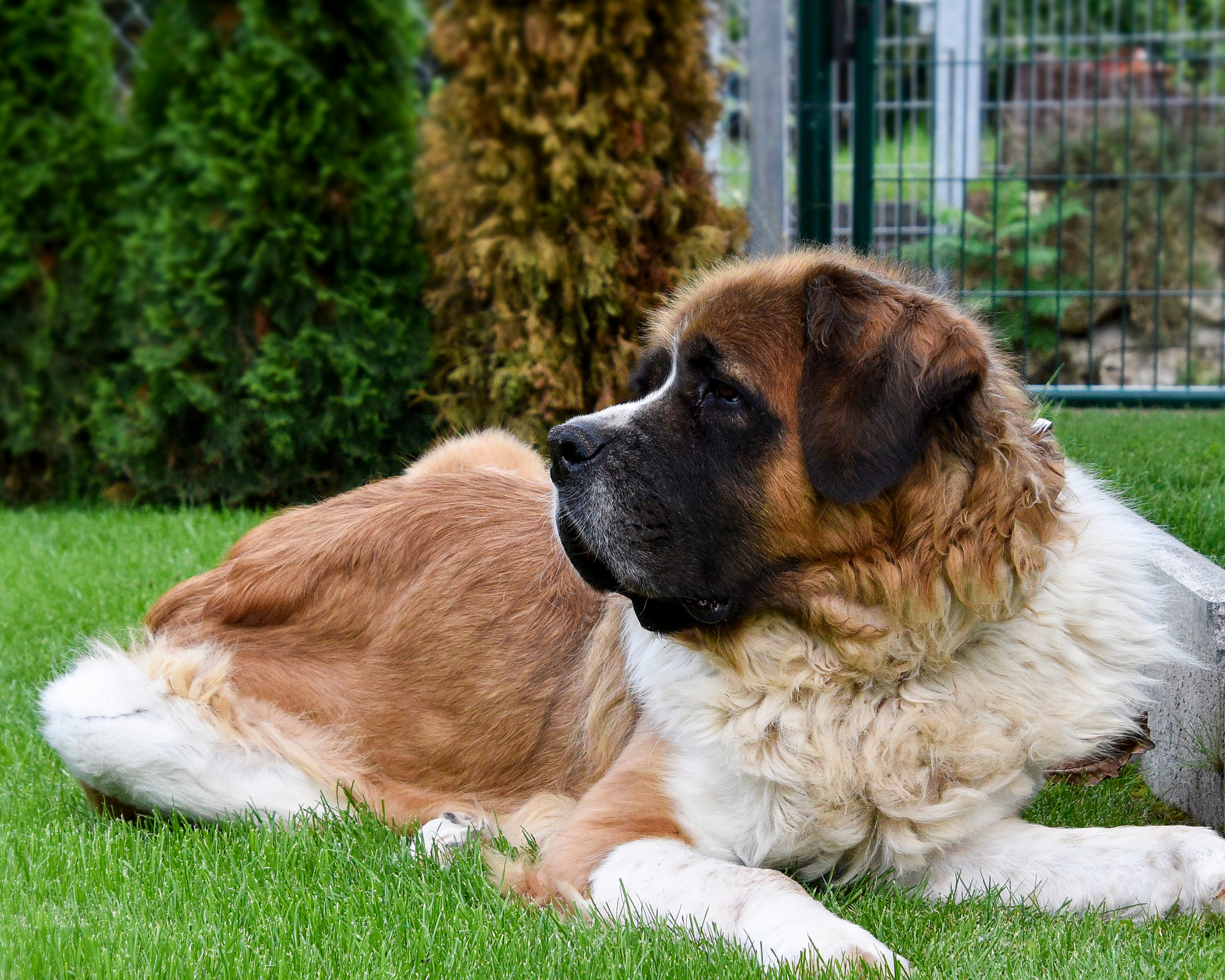

10 Subtle Signs Your Big Dog Could Be in Pain (That Are Easy to Miss)
If you’ve got a gentle giant lounging on your floor, chances are you’ve heard this one before: “They’re just slowing down.”
But here’s the truth—pain is never just a normal part of aging. Especially for giant breed dogs, who are notoriously stoic, subtle signs of discomfort can easily go unnoticed until it’s serious.
Whether they’re trying to tough it out or simply can’t tell us what’s wrong, our big dogs rely on us to catch the quiet cues. Here are ten subtle signs your giant breed might be hurting:
1. Slower to Rise or Lay Down If your dog hesitates before standing or groans when lying down, it may be more than age. Joint pain and stiffness often show up here first.
2. Changes in Posture or Gait Pay attention to how they carry themselves. An arched back, limping, or shifting weight between legs can signal discomfort.
3. Decreased Interest in Play or Walks If your once-enthusiastic pup now hesitates at the door or skips the toy altogether, it may be because movement has become painful.
4. Excessive Licking or Chewing Constant attention to one spot—like a paw, joint, or hip—is often a red flag for pain or irritation.
5. Restlessness or Pacing When dogs can’t get comfortable, they move more. Pacing, repositioning, or frequent attempts to settle may indicate physical discomfort.
6. Avoiding Stairs or the Car Difficulty navigating steps or needing extra help into the car often points to joint or back pain.
7. Tense Facial Expression Some dogs show pain in their face—tight lips, squinting eyes, or holding their ears back. It’s subtle, but worth watching.
8. Changes in Breathing Heavy panting (when not hot or active) or shallow breathing can be signs of pain, especially internal or abdominal discomfort.
9. Withdrawing from Touch or Affection If your big snuggler suddenly avoids petting or moves away when touched, it may be because something hurts.
10. Acting “Off” Nobody knows your dog like you do. If something feels different—mood, movement, energy—it’s worth a closer look.
What to Do If You Notice These Signs
- Track the changes – Keep a log of symptoms: when they started, how often they happen, and what seems to trigger them.
- Talk to your vet – Bring up any concerns. Early intervention can make a huge difference.
- Consider joint support – For many big dogs, supplements with glucosamine, MSM, and eggshell membrane can help protect and soothe joints over time.
Remember: spotting pain early is one of the best things you can do for your dog’s comfort and longevity.
They may be big, but they still need you to listen—especially when they can’t speak for themselves.
